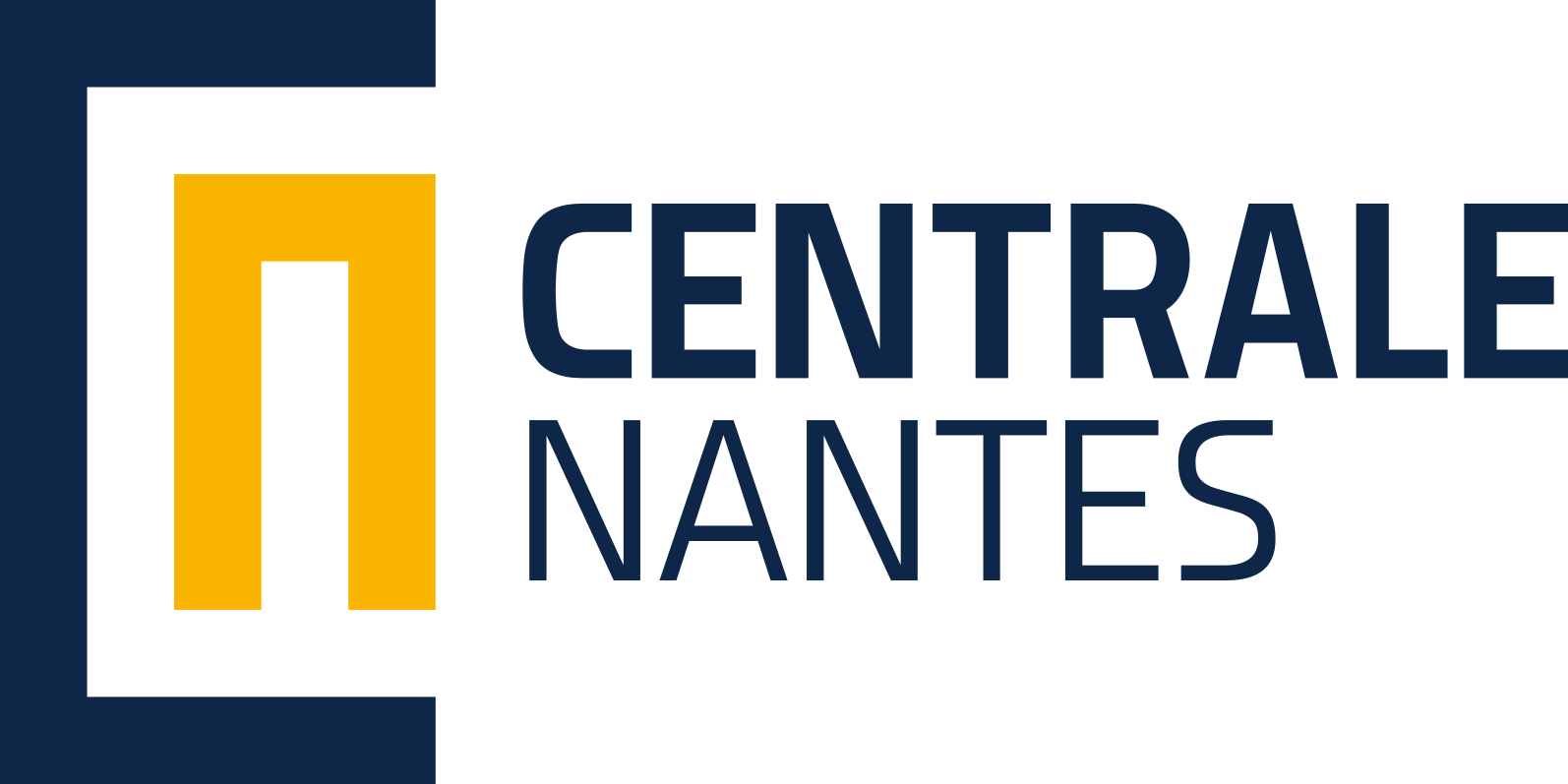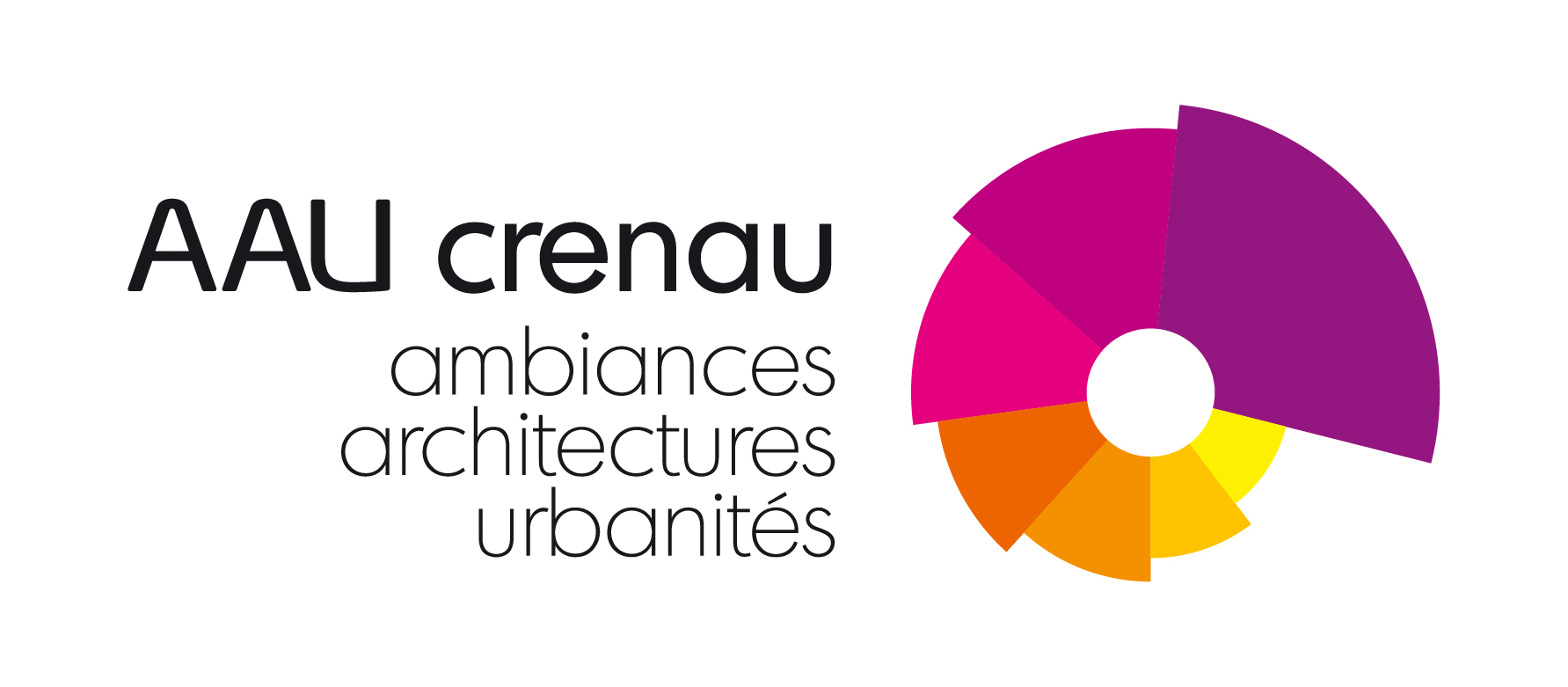|
|
|
Call for Participation > Call for postersGuidelines and Format for New Poster Papers (2-6 pages including references)ISMAR is responding to the recent explosion of commercial and research activities related to AR and MR and Virtual Reality (VR) by continuing the expansion of its scope over the past several years. ISMAR 2017 will cover the full range of technologies encompassed by the MR continuum, from interfaces in the real world to fully immersive experiences. This range goes far beyond the traditional definition of AR, which focused on precise 3D tracking, visual display, and real-time performance. We specifically invite contributions from areas such as Computer Graphics, Human-Computer Interaction, Psychology, Computer Vision, Optics, and in particular VR, and how these areas contribute to advancing AR / MR / VR technology. This year, we will continue with last year’s introduced format for Poster papers allowing for more space. Poster papers will be reviewed on the basis of an extended abstract, which can now be 2-6 pages long and contain smaller contributions or work-in-progress. The page limit also includes the list of references. Please note that ISMAR does not consider a poster paper of up to 2-pages to be an archival publication. Therefore submitting work in a 2-pager poster format does not preclude later submitting the same work in the form of a full paper. And to clarify, poster papers with more than 2 pages will need further scrutiny by ISMAR reviewers to check for added value when submitted as a full paper in later years. ISMAR reviewers are committed to maintaining and enforcing these reviewing principles. Accepted Poster Papers will be published in the adjunct proceedings of IEEE ISMAR 2017 and will be included in the IEEE Xplore digital library. Poster paper presentation sessions will be organized at the conference. At least one of the authors must register and attend the conference to present the poster. Important Deadlines
Submission DetailsPosters papers must follow the "Conference Proceedings" format for which templates (TEX, DOC) are available from the submission guidelines at https://ismar2017.sciencesconf.org/resource/page/id/19, or directly from: Latex template: http://junctionpublishing.org/vgtc/Templates/vgtc_conference_latex.zip Word template: http://junctionpublishing.org/vgtc/Templates/word_conf_vgtc_12.zip All materials must be submitted electronically through the Precision Conference website at: https://www.precisionconference.com/~ismar/ Topics of Interest
All topics relevant to AR, VR and MR are of interest. Note that VR papers are also welcome regardless of their relevance to AR/MR. Topics include, but are not limited to:
The ISMAR 2017 Posters Chairs
Ferran Argelaguet Inria, France
Yuta Itoh, Keio University, Japan
Stefanie Zollmann University of Otago, New Zealand |




